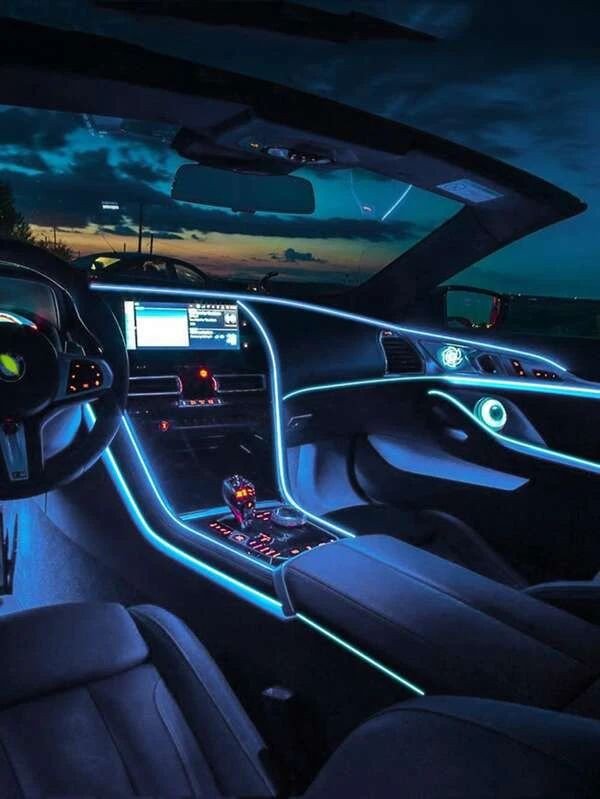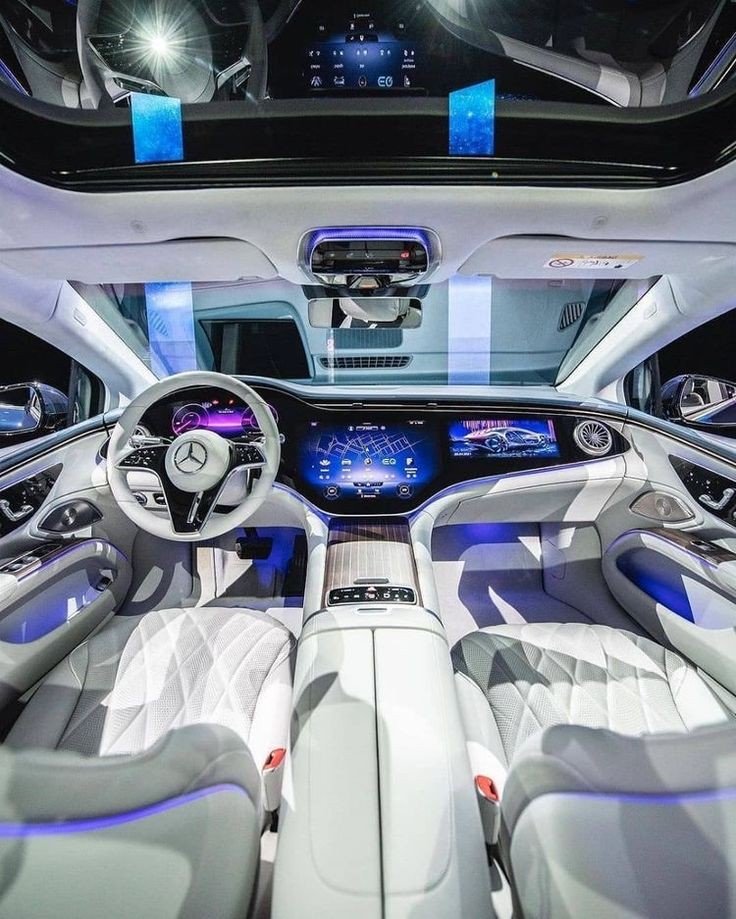
Aston Martin, synonymous with luxury, performance, and British craftsmanship, has carved an indelible niche in the automotive world. Founded in 1913 by Lionel Martin and Robert Bamford, the company has evolved from a small operation in London to a global icon of luxury sports cars. This detailed article explores Aston Martin’s rich history, notable models, technological innovations, and the brand’s current and future directions.
The Early Years: A Humble Beginning
Aston Martin’s journey began in a small workshop in London. The name “Aston Martin” originated from Lionel Martin’s successful runs at the Aston Hill Climb in Buckinghamshire, combined with his surname. The first car to bear the Aston Martin name was built in 1915, featuring a 1.4-liter Coventry-Simplex engine mounted on an Isotta-Fraschini chassis. However, production was halted due to World War I, as Martin and Bamford joined the war effort.
After the war, the company struggled financially. Despite producing some successful racing cars in the 1920s, Aston Martin faced numerous financial difficulties and ownership changes. The brand’s dedication to performance and innovation, however, kept it afloat through these challenging times.
The David Brown Era: A Golden Age
The turning point for Aston Martin came in 1947 when industrialist David Brown acquired the company. Under Brown’s leadership, Aston Martin entered a golden age, producing some of its most iconic models. The “DB” series, named after David Brown, became a hallmark of the brand.
The DB Series
DB2 (1950-1953): The DB2 was the first true Aston Martin of the David Brown era. Powered by a 2.6-liter straight-six engine, it featured an elegant design and impressive performance. The DB2 laid the foundation for the marque’s future success.
DB4 (1958-1963): The DB4 introduced a new level of sophistication and performance. With a 3.7-liter engine, it could reach speeds of up to 140 mph. The DB4 GT, a lightweight version designed for racing, further solidified Aston Martin’s reputation on the track.
DB5 (1963-1965): Perhaps the most famous Aston Martin, the DB5 gained legendary status as James Bond’s car in the 1964 film “Goldfinger.” With a 4.0-liter engine and a top speed of 145 mph, the DB5 was the epitome of 1960s luxury and performance.
DB6 (1965-1971): The DB6 continued the tradition of its predecessors, offering a refined driving experience with improved aerodynamics and comfort.
Racing Heritage: Le Mans and Beyond
Aston Martin’s commitment to racing has been integral to its identity. The brand achieved significant success in motorsport, most notably winning the 24 Hours of Le Mans in 1959 with the DBR1, driven by Carroll Shelby and Roy Salvadori. This victory cemented Aston Martin’s reputation as a formidable competitor on the world stage.
Financial Struggles and Revivals
Despite its successes, Aston Martin has faced numerous financial challenges. The 1970s and 1980s were particularly turbulent, with the company changing ownership several times. Yet, each time, the brand managed to revive itself, driven by the passion of its supporters and the dedication to maintaining its legacy.
Ford Era (1987-2007)
In 1987, Ford Motor Company acquired a majority stake in Aston Martin, providing the financial stability needed to innovate and expand. During this period, models like the DB7 (1994-2004) and the Vanquish (2001-2007) were introduced. The DB7, designed by Ian Callum, became one of the most successful models in the company’s history, significantly boosting sales and brand recognition.
The Modern Era: Innovation and Expansion
In 2007, a consortium led by David Richards acquired Aston Martin from Ford. This marked the beginning of a new era characterized by innovation, expansion, and a renewed focus on craftsmanship.
V8 Vantage and DB9
The V8 Vantage and DB9, launched in the mid-2000s, exemplified the modern Aston Martin ethos. The V8 Vantage, with its powerful 4.3-liter V8 engine, offered a more accessible entry point to the brand, while the DB9, with its 5.9-liter V12, represented the pinnacle of luxury and performance.
DB11 and Vantage
In 2016, Aston Martin introduced the DB11, the first model under its “Second Century” plan. With a new twin-turbocharged V12 engine and advanced aerodynamics, the DB11 set a new standard for the brand. The latest Vantage, launched in 2018, continued this trend, offering a more aggressive design and cutting-edge technology.
Technological Innovations
Aston Martin has consistently pushed the boundaries of automotive technology. From advanced aerodynamics to lightweight materials, the brand has integrated numerous innovations to enhance performance and driving experience.
Aston Martin Valkyrie
The Aston Martin Valkyrie, developed in collaboration with Red Bull Racing, represents the pinnacle of the brand’s technological prowess. This hypercar features a hybrid powertrain with a naturally aspirated V12 engine, producing over 1,100 horsepower. The Valkyrie’s aerodynamic design and lightweight construction aim to deliver an unparalleled driving experience, blurring the lines between road car and race car.
Commitment to Sustainability
In recent years, Aston Martin has embraced sustainability as a core aspect of its business strategy. The company is investing in electric and hybrid technologies to reduce its environmental impact and meet evolving consumer demands.
Rapid E
The Rapid E, Aston Martin’s first fully electric vehicle, was introduced as a limited production model. With a range of over 200 miles and performance comparable to its gasoline-powered counterparts, the Rapid E represents the brand’s commitment to a sustainable future.
Current Models and Future Directions
Aston Martin’s current lineup includes a range of models that cater to diverse customer preferences. From the luxurious DB11 and the sporty Vantage to the versatile DBX SUV, each model embodies the brand’s commitment to performance, craftsmanship, and innovation.
DBX: The First SUV
In 2020, Aston Martin launched the DBX, the brand’s first SUV. Combining the performance and luxury of a sports car with the practicality of an SUV, the DBX has opened new markets for Aston Martin, attracting customers seeking versatility without compromising on style and performance.
Lagonda: A Vision for the Future
Aston Martin has revived the Lagonda nameplate as a sub-brand dedicated to luxury electric vehicles. With the goal of becoming the world’s first zero-emission luxury brand, Lagonda aims to redefine automotive luxury through advanced technology and sustainable design.
Aston Martin’s journey from its humble beginnings to its current status as a global icon is a testament to the brand’s resilience, innovation, and commitment to excellence. Throughout its history, Aston Martin has consistently pushed the boundaries of performance and design, creating some of the most iconic and desirable cars in the world.
As the automotive industry continues to evolve, Aston Martin is poised to lead the way with its blend of heritage, craftsmanship, and cutting-edge technology. The brand’s dedication to sustainability and innovation ensures that it will continue to captivate and inspire for generations to come.
With a legacy built on passion and performance, Aston Martin remains a symbol of automotive artistry and engineering excellence, embodying the spirit of adventure and the pursuit of perfection.
ALSO READ: Autonomous Driving: The Evolution of Self-Driving Cars







